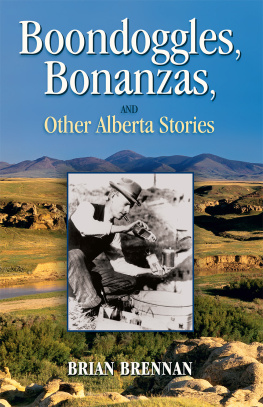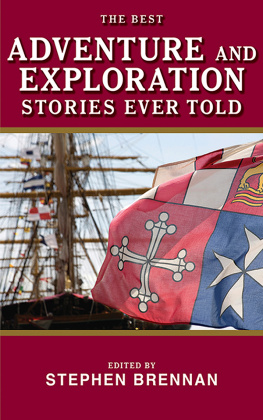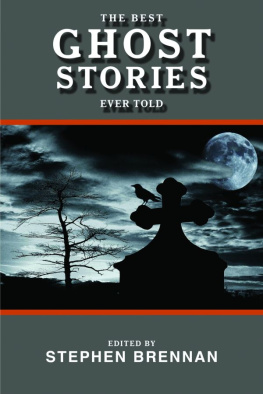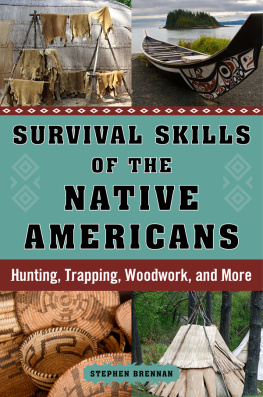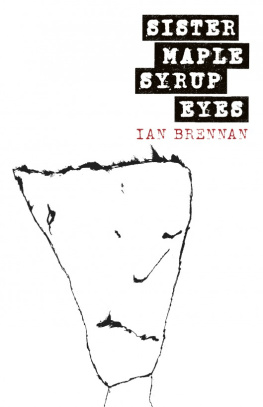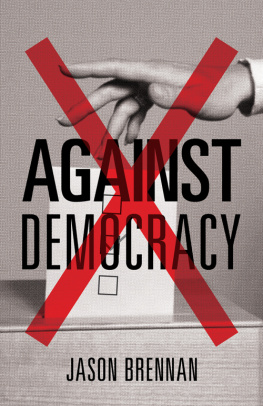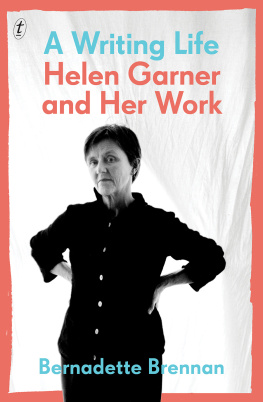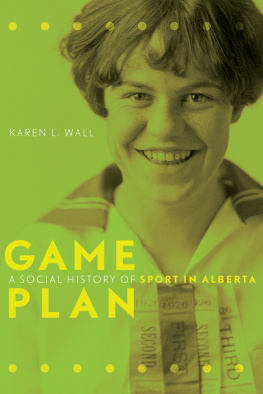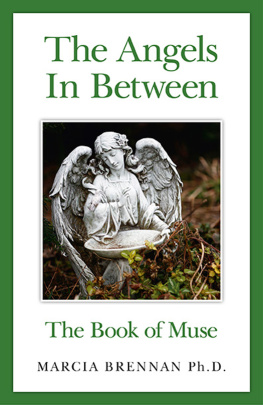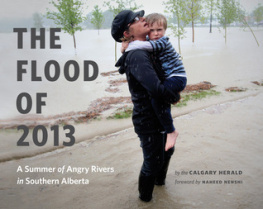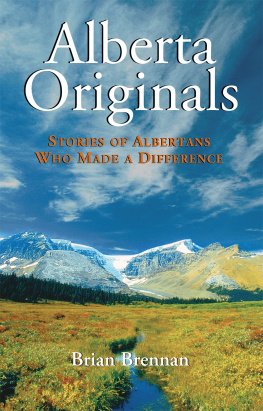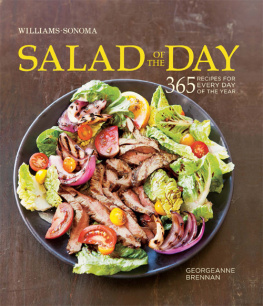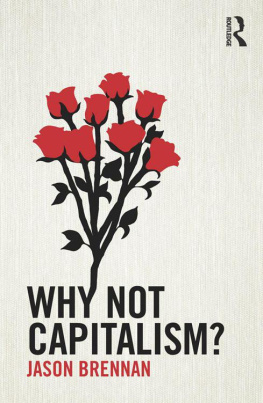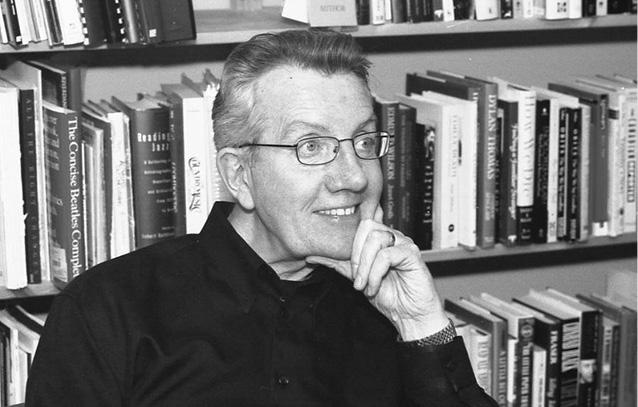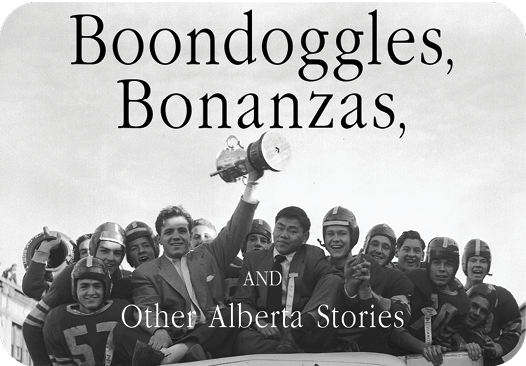Irish-born Brian Brennan has written eight non-fiction books about the colourful social history and memorable characters of Western Canada. He has also written an autobiography Leaving Dublin: Writing My Way from Ireland to Canada and a biography Songs of an Irish Poet: The Mary O'Leary Story of a celebrated Irish-language folk poet of the 19th century who also happened to be Brennan's ancestor.
Dedicated in memory of my nineteenth century Irish ancestor, Mire Bhu N Laoire (Yellow Mary OLeary) , a poet and storyteller who lit the torch and passed it on.
Brian Brennan
Copyright 2003 Brian Brennan
All rights reserved. No part of this publication may be reproduced, stored in a retrieval system, or transmitted in any form or by any means electronic, mechanical, audio recording, or otherwise without the prior written permission of the publisher or a photocopying licence from Access Copyright, Toronto Canada.
Cover design by John Luckhurst / GDL
Interior design by Kathy Aldous-Schleindl
Front cover photograph San Diego Historical Society 81-9775
Front cover background photograph J. David Andrews / Masterfile
Edited / copyedited by Meaghan Craven
Proofread by Alex Frazer-Harrison
Scans by St. Solo Computer Graphics
E-book conversion by Human Powered Design
First published, in print, by Fifth House/Fitzhenry & Whiteside
E-book published by: Brian Brennan
National Library of Canada Cataloguing in Publication Data Brennan, Brian, 1943
Boondoggles, bonanzas, and other Alberta stories / Brian Brennan. Includes index.
ISBN 978-0-9782739-3-4 (EPUB)
1. AlbertaHistoryAnecdotes. 2. AlbertaBiography. I. Title. FC3661.8.B73 2003971.23C2003-911218-7
www.brianbrennan.ca
Introduction
This book began with a proposition from my publisher, a tantalizing offer that I couldnt refuse: How would I like to write a book of stories about some of the events that have engaged the attention of Albertans over the years? No particular theme, no governing concept, no specific time framejust a potpourri of tales that appealed to me and would also be of interest to the general public.
Of course, I jumped at the chance. What storyteller wouldnt? Here was an opportunity to roam across the wide range of Alberta history, pick out the stories that I thought should be told or retold, and write them for a new generation. I could revisit the big events that once were front-page newssuch as the Frank Slide, the Leduc oil discovery, and Calgarys first Grey Cup winand give them a new spin for a contemporary readership. With a bit of luck, I would also find other stories along the way that would turn out to be the nuggets in the muskegthe gems that nobody had ever noticed before, just lying there waiting to be discovered.
I began the project with a series of questions to myself. How did the missionary priest Father Albert Lacombe end up becoming the president of the Canadian Pacific Railway, albeit for only one hour? Why did a group of nuns keep Father Lacombes preserved heart under lock and key for more than seventy-five years after he died? Why did the famed French actress Sarah Bernhardt decide to perform in Edmonton and Calgary in 1913? Why did three Alberta aviators never get the credit for flying the first heavier-than-air plane in Canada? How did Rudyard Kipling become involved in Medicine Hats domestic problems shortly after it became a city? Why was Alberta part of a top-secret Allied wartime initiative to build aircraft carriers out of ice? How did a group of single male ranchers in Dorothy, Alberta, become the romantic targets of women from around the world?
I asked myself these questions as if I were an outsider, a newcomer to Alberta. While I have lived in this province for close to thirty years, and have written three previous books and countless magazine and newspaper articles on the social history of the place, I still like to approach its history as if I had just arrived here and had no idea what a Chinook was or who Ernest Manning might have been. I usually find that it helps to start with a clean slate; there are always new angles to be found or old myths to be shattered.
I encountered a few surprises as I embarked on this voyage of discovery. I was unaware, for example, that uncontrolled coal mining under Turtle Mountain, not the inherent geological instability of the mountain as is often suggested, was the most likely cause of the Frank Slide. And I didnt know that uncontrolled coal mining took place under an Edmonton residential district for more than fifteen years without any regulatory authority intervening. Why did authorities not intervene in these two cases? Because in each instance, the dictates of big business prevailed over the safety concerns of the local citizens. Coal mining was indeed big business in this province for more than fifty years, particularly in such places as Drumheller and Lethbridge, as well as in Edmonton and the Crowsnest Pass. Today, coal mined in Alberta supplies less than twelve percent of the provinces energy demands. However, before petroleum products and natural gas began to proliferate in this province during the 1950s, king coalas the mineral was once calledsupplied more than half of what we needed for domestic heating, industrial energy, and railway locomotive fuel.
It was also a surprise for me to learn that Albertas first oil boom occurred not in Turner Valley or Leducwhere some of the provinces most spectacular discoveries have taken placebut in what is now Waterton Lakes National Park. If todays drilling technology had been available back then, the provinces oil industry might have evolved in a completely different fashion. It was also a surprise to discover just how close Imperial Oil was to getting out of the oil business in Western Canada just before it hit pay dirt at Leduc in 1947.
The Leduc strike was a bonanza for Alberta. The Waterton Lakes strike seems to have been a bit of a boondoggle because the initial discovery well ran dry within a short time and the only people who ended up making money from the boom were the local ranchers who sold their properties to the oil companies. This is a recurring pattern in Alberta history. For every bonanza there seems to be a corresponding boondoggle. Medicine Hats bonanza was the plentiful supply of natural gas in its cellar that caused Rudyard Kipling to declare that the town had all hell for a basement. The regions boondoggle occurred when the Medicine Hat farmers decided they had to resort to desperate measures to protect themselves from drought, and a California rainmaker named Charles Hatfield took advantage of their vulnerability to make some money.
Another pattern to emerge from the pages of our onehundred-year-old history is the fact that those who dare to be bold and different are the ones who often end up making their mark. Nobodyexcept for one or two close family membersgave Ralph Klein much of a chance when he announced he was going to run for mayor of Calgary in 1980. Yet, as he told me a few years later, he knew he was destined for a career as a public advocate of some kind when he realized he had lost his objectivity as a television news reporter. Thats probably not something he would talk about today. Klein, the veteran politician, is now more guarded, rarely gives interviews, and when he does is not likely to reveal much of his inner life. But when I sat down with him in 1988 to do a magazine story about a day in the life of the mayor, he was happy to answer all the questions I put to him about his reporting habits (aggressive), his religious beliefs (ambivalent), his recreational activities (fishing), and his reading preferences (suspense novels). I kept all the notes from those interviews and when I went back to review them before writing this book, I was surprised at how candid Klein had been.

